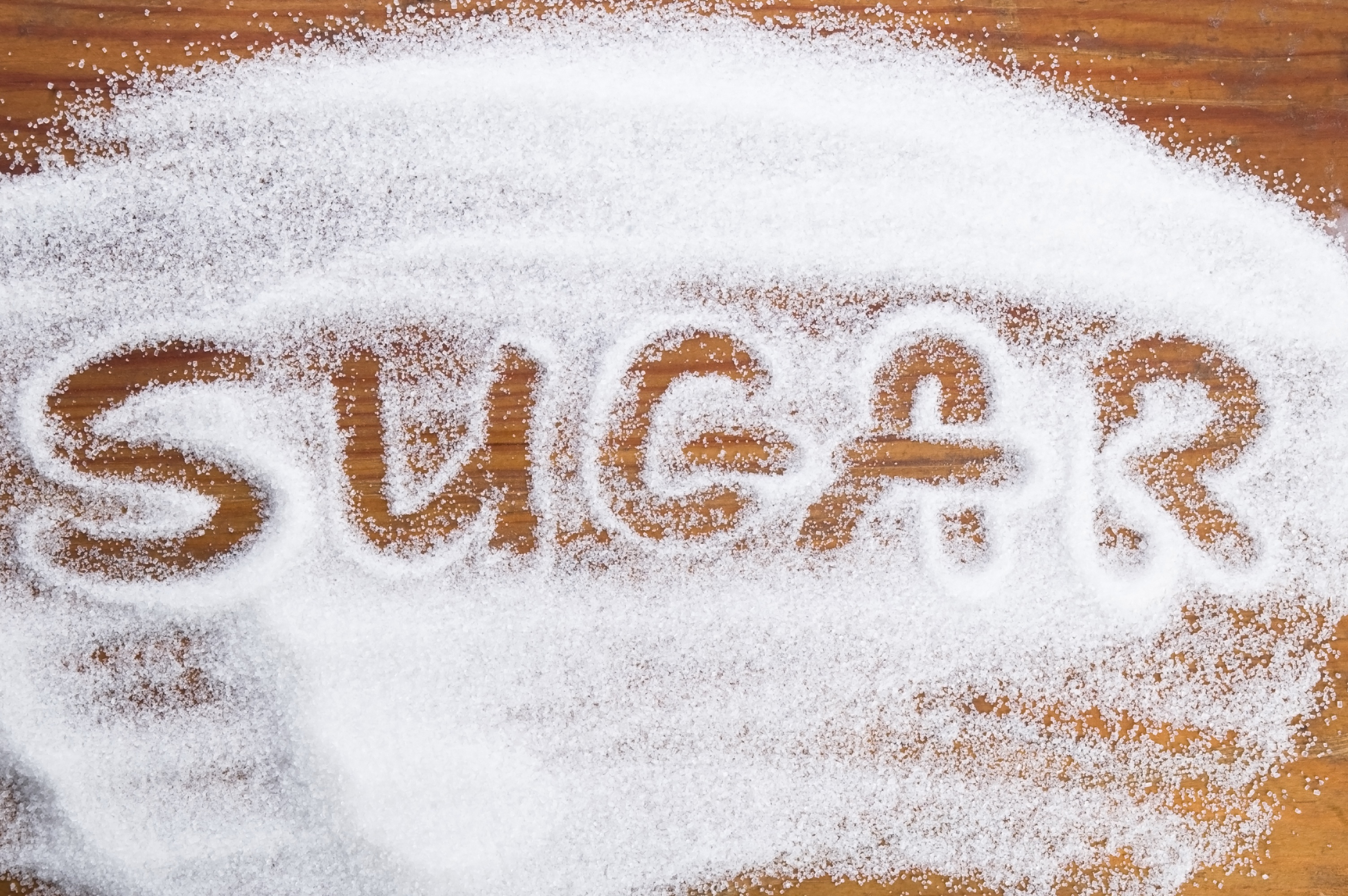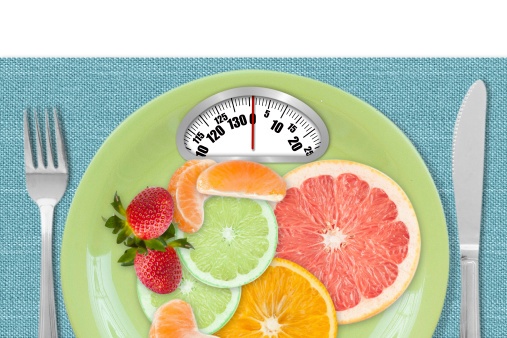 St. Patrick’s Day is just around the corner! While many associate the holiday with green beer and festive celebrations, let’s shift the focus to something else that should be green—your plate! Whether you’re hitting the gym for strength training, cardio, or Olympic lifting, what you eat plays a major role in your performance and recovery. This March, take a lucky approach to fueling your workouts with nutrient-dense foods that keep you strong and energized.
St. Patrick’s Day is just around the corner! While many associate the holiday with green beer and festive celebrations, let’s shift the focus to something else that should be green—your plate! Whether you’re hitting the gym for strength training, cardio, or Olympic lifting, what you eat plays a major role in your performance and recovery. This March, take a lucky approach to fueling your workouts with nutrient-dense foods that keep you strong and energized.
Go for the Greens
Leafy greens like spinach, kale, and Swiss chard are not only a festive addition to your plate but also packed with vitamins and minerals that support muscle function and endurance. Magnesium, found in abundance in greens, helps with muscle contraction and energy production. Add a handful of spinach to your pre-workout smoothie or toss some kale into your post-workout meal for an extra boost.
Potatoes: A Performance Powerhouse
Potatoes—whether white, gold, or sweet potatoes—are an excellent carbohydrate source to fuel your training. Carbs replenish glycogen stores, which is crucial for endurance and strength athletes alike. Pair roasted potatoes with a lean protein source like chicken or tofu for a well-rounded post-workout meal.
Lean into the Luck of Protein
Corned beef might be a holiday staple, but for daily muscle recovery, opt for leaner protein choices like turkey, chicken, eggs, or plant-based options like lentils and chickpeas. Protein helps repair muscle tissue and supports overall strength gains. Try making an Irish-inspired meal with salmon and roasted vegetables for a protein-packed, omega-3-rich post-workout dinner.
Hydration: More Than Just a Pint
Let’s not forget hydration. With workouts, sweat loss, and the potential for St. Patrick’s Day festivities, staying hydrated is key to performance and recovery. Water should always be your go-to, but if you need extra electrolytes, consider adding coconut water or a pinch of sea salt to your water bottle to maintain fluid balance.
A Post-Workout Shamrock Shake (The Healthy Way!)
Skip the drive-thru and make your own protein-packed Shamrock Shake:
Ingredients:
- 1 cup unsweetened almond milk
- 1 frozen banana
- 1 scoop vanilla protein powder
- ½ avocado (for creaminess)
- A handful of spinach (for that natural green color!)
- ½ teaspoon peppermint extract
- Ice cubes as needed
Directions:
Blend until smooth, and enjoy a refreshing, nutrient-dense recovery shake!
Whether you're training for strength, endurance, or general fitness, nutrition is your pot of gold at the end of the workout rainbow. By focusing on whole foods, proper hydration, and smart recovery choices, you’ll keep your energy levels up and your performance on point.
This St. Patrick’s Day, fuel your body wisely—because the real luck comes from good habits and consistency in your training and nutrition!
Looking to stay on track all year long? Schedule an appointment with a Nutrition Coach today—they’re here to help you reach your goals every step of the way!




 If you have read the news lately, I’m sure you have seen that the world’s obesity epidemic is most recently being blamed on sugar. This is with good reason, too. In 1922 the average American ate the amount of sugar found in one 12-ounce soda every five days. Now, that amount is consumed every seven hours. Sugar is in everything—not just baked goods and
If you have read the news lately, I’m sure you have seen that the world’s obesity epidemic is most recently being blamed on sugar. This is with good reason, too. In 1922 the average American ate the amount of sugar found in one 12-ounce soda every five days. Now, that amount is consumed every seven hours. Sugar is in everything—not just baked goods and 

 It can be hard trying to change your lifestyle or fitness on your own. It can be even harder if you don’t have support from your family and friends. You family and friends can play a key role in your fitness journey, so why not get them involved and gain their support? Including them in your journey can help your motivation and help you enjoy the path to your fitness and health goals.
It can be hard trying to change your lifestyle or fitness on your own. It can be even harder if you don’t have support from your family and friends. You family and friends can play a key role in your fitness journey, so why not get them involved and gain their support? Including them in your journey can help your motivation and help you enjoy the path to your fitness and health goals. 
